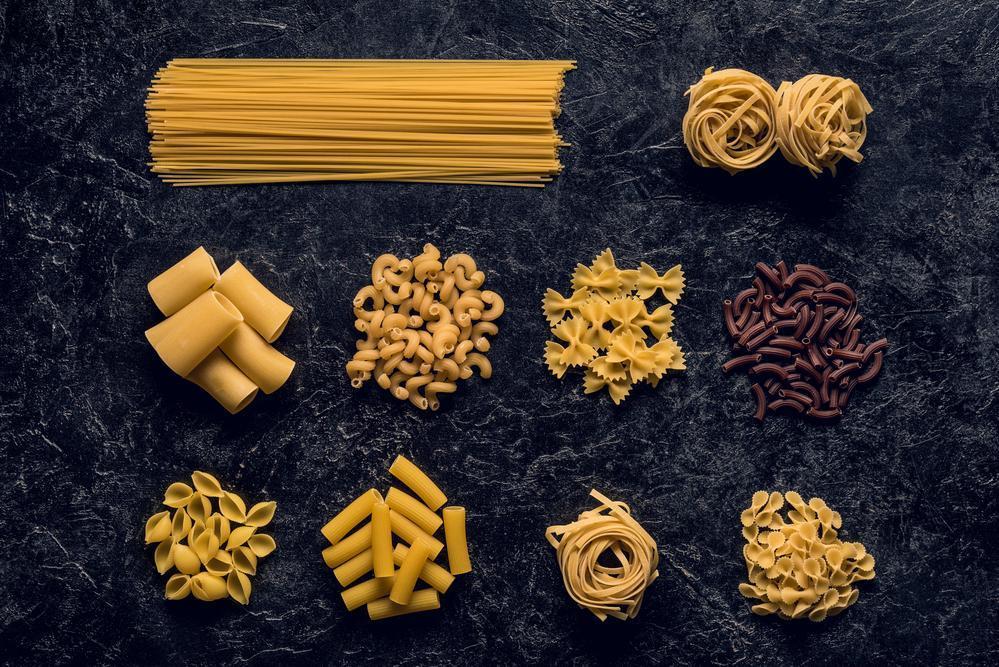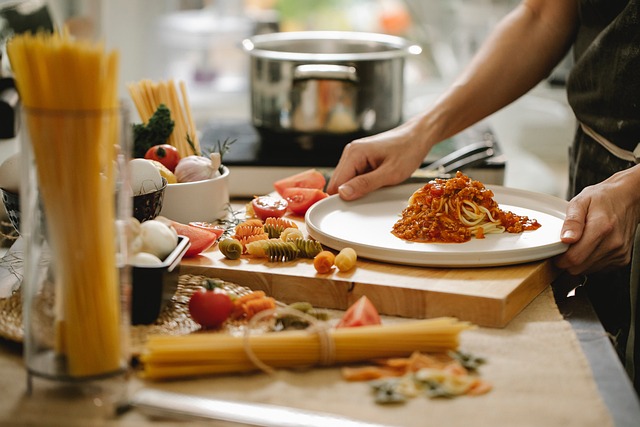A key element of Italian cuisine. The first word that comes to mind when you hear Italian cuisine. A true Italian housewife can make a variety of pasta for every day of the year. Could you?
The history of Italian pasta
Today, there are more than 300 different types of pasta in Italy, that’s for sure. The history of pasta is as obscure as that of most classic dishes, and there are equally divergent theories about where it came from. The Ligurians trace it back to Genoese merchants, who say that it was adopted from nomadic Arab peoples who found it useful to store pasta in a dry place during their migrations, and then simply boiled it in hot water to make it edible. The Venetians associate it with Marco Polo and China, while the Sicilians are convinced that the ancient Greeks put the pasta on their boots. Never say such a thing to a Campanian: they claim that Arab or Greek ‘pasta’ was made by the Neapolitans into what it is: the perfect pasta.
The Italian pasta classification
Pasta is classified in several ways by the Italians: if it is made only of water and durum flour, it is called pasta secca, while the more familiar flour and egg-based pasta is called pasta fresca.
If we take the length of the pasta as a basis for classification, we can speak of pasta lunga (pasta longer than 10 cm, such as spaghetti, tagliatelle) and pasta corta (short pasta, such as fusilli or penne).
As with cooking, the figures for kneading are very simple: add 1 egg to 10 dkg of flour and a pinch of salt, and after kneading, leave to rest for an hour in a covered container. It’s not that complicated, is it?

The secret of good pasta
And what do we need for really good pasta? Lots of water, good quality salt, and good quality dough. And a few tips.
Water and salt
One of the most important things when cooking pasta is to use the right amount of water. If you try to cook the pasta in too little water, you may have to wait for minutes for the water to boil again after you have added the pasta. According to an Italian ‘rule’, 1 liter of water should be added to 10 kg of pasta, and 10 grams of salt to 1 liter of water.
Cooking time
Our water has already boiled, we have just put the pasta in. How long do we cook it? Very simple: follow the manufacturer’s instructions. The quality of the pasta varies, so the cooking time varies, even the cooking time for spaghetti from two different companies can be different. If the packaging says 8 minutes, it’s worth checking after 7 minutes. If the pasta is still just a little white in the middle when cut in half, it’s perfect and can be drained. This is what the Italians call ‘al dente’.
What about fresh pasta?
Under no circumstances should you cook fresh pasta for as long as you would cook dry pasta! After 2-3 minutes of cooking, taste it and then decide if it still needs to be cooked al dente.
Drain
Is it weird that I’m devoting a separate section to this? Don’t be. Anyone who thinks that you just strain the pasta and it’s done is wrong. Here comes the next tip to make your pasta truly Italian: don’t drain it. The cooking juices contain the flavors of the pasta, and if you’re working with good quality pasta, you don’t want to lose those flavors. Strain it, but don’t wait until it’s completely drained, add the pasta to your warmed sauce immediately, while it’s still wet. The starchy cooking juices and sauce will form a nice glaze on the surface of the pasta. It is important not to boil your pasta.
Oil will only prevent the sauce or sauce from sticking to the pasta. It takes 10 minutes to cook pasta, why would you want to cook it in advance?
Another important thing: don’t rinse the pasta. The cold water both cools the pasta and washes off any flavorings that are still clinging to the pasta with the cooking water.
Use the pasta fresh: from cooking water straight into the sauce.

So we’ve got how to cook our pasta, now comes the next big question? What kind of pasta to cook?
You’d think pasta is pasta and it doesn’t matter what you cook it with, but if you think about it, bolognese ragu looks pretty weird with vermicelli right? Each of the Italian provinces has its own pasta, and often a town has its own pasta, but beyond that, the casserole or sauce you add to the pasta is a major factor.
A simple logical approach to taste
If you have thin pasta, don’t add a heavy casserole to it, which will overpower the character of the pasta. A pasta with a hole in it, on the other hand, goes extremely well with thick sauces, even with larger pieces of vegetables or meat. The bigger the hole in pasta, the more sauce it can absorb.
Filled pasta
for filled pasta (such as tortellini, cappelletti, ravioli), it is worth adding a light sauce, as the filling already defines the character of the dish. That’s why ravioli are very often just sautéed in melted butter and herbs, and not doused with Bolognese sauce.
Thin pasta
Thin pasta should also be served with a light sauce with a strong flavour. For example, a linguine or spaghettini pasta should be sautéed in butter with a little grated Parmesan, herbs or truffles.
Thicker or more surface pasta
If you want a more substantial casserole, it is better to choose thicker or more surface pasta, such as taglietelle, fusilli, conchiegle.
Hollow pasta
The most substantial casseroles go well with hollow pasta. In this case, arigatoni, penne, penne rigati, or schiaffoni are the perfect choice.
Last updated: October 23, 2023


Comments are closed.